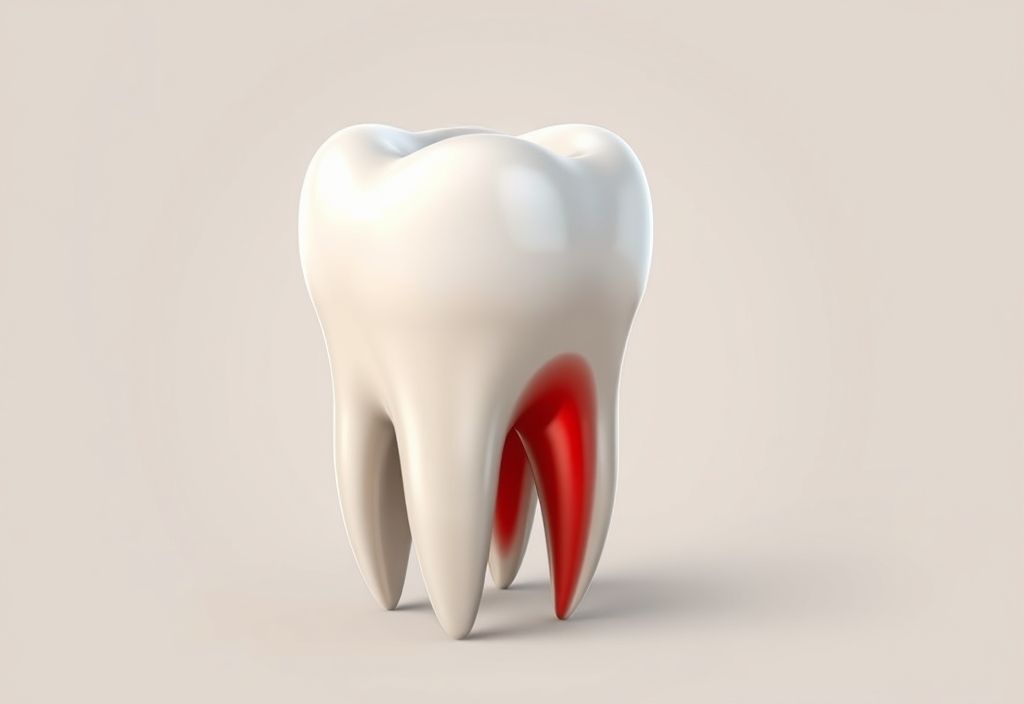A tooth infection is more serious than most people realize and can become life-threatening if ignored. Severe, untreated infections can spread within 3 to 10 days from your tooth to your jaw, bloodstream, or brain. Think of the infection like a small fire that can quickly reach critical areas if you don’t act.
Pay close attention to persistent pain, swelling, fever, or a foul taste in your mouth. Seek urgent dental care immediately. Do not rely on home remedies alone. Understanding the timeline of a tooth infection, knowing how it spreads, and acting quickly can save your life. This article guides you through symptoms, risks, progression, and treatment options with clear, actionable information to protect your health.
What a Tooth Infection Is
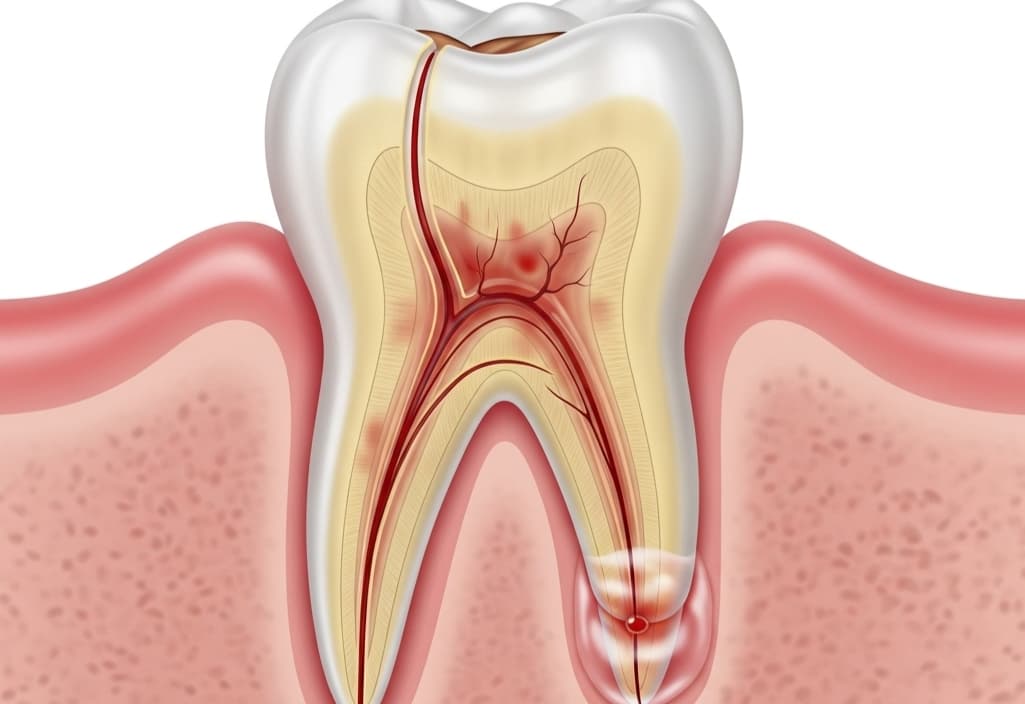
A tooth infection, or a dental abscess, occurs when bacteria invade the tooth’s inner tissue or the surrounding gum. The infection usually starts from untreated cavities, cracks in the tooth, gum disease, or dental trauma. Once bacteria enter the tooth pulp, they multiply rapidly, causing swelling, pain, and sometimes visible pus around the affected area.
If you ignore the infection, the bacteria can quickly move from your tooth to nearby gums and tissues, causing more serious problems.
You might notice a persistent toothache, sensitivity to hot or cold, swelling in the gums or face, or a bad taste in your mouth. Fever or general fatigue can develop as your body fights the infection, signaling that the situation is serious and requires immediate attention.
Preventing a tooth infection begins with good oral hygiene and regular dental check-ups. Brushing twice daily, flossing daily, and addressing cavities or gum issues immediately can stop bacteria from reaching the tooth pulp and creating a severe infection.
How Dangerous a Tooth Infection Can Become
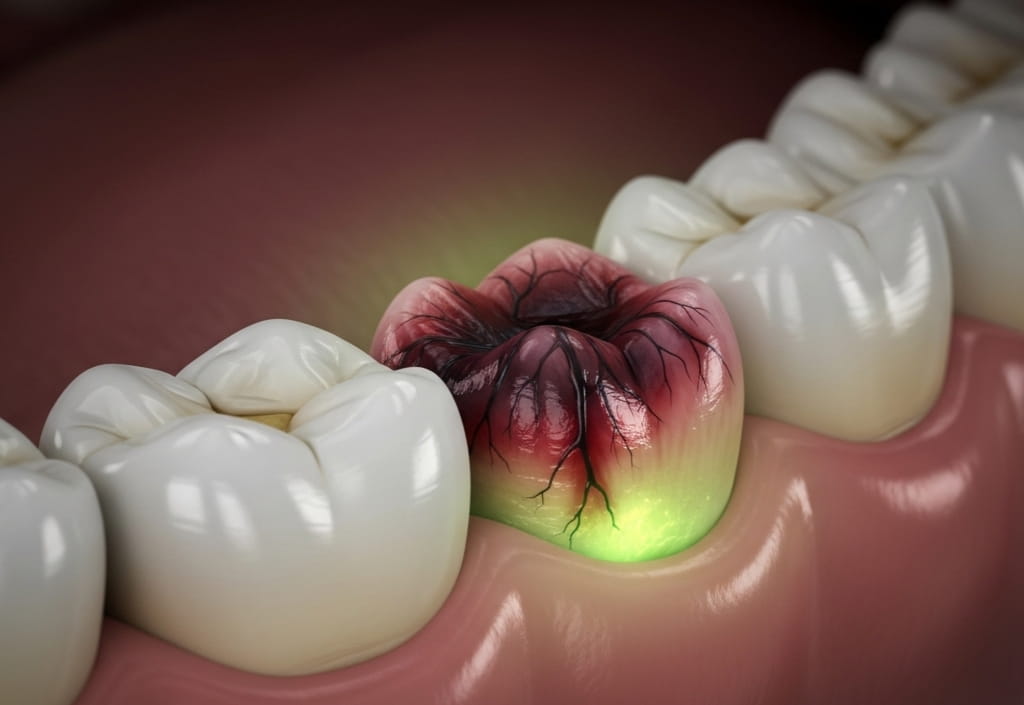
A tooth infection is not just painful. It can become life-threatening if ignored. When bacteria from the infected tooth spread beyond the immediate area, they can enter the bloodstream, causing sepsis, a severe body-wide infection. Sepsis can develop within hours to a few days and may lead to organ failure or death if not treated promptly.
In rare but severe cases, the infection can spread to the brain, causing a brain abscess. Symptoms of this progression include severe headache, swelling of the face, fever, confusion, or nausea. These signs indicate the infection has moved beyond the tooth and requires urgent medical attention.
Even without these extreme outcomes, untreated dental infections can cause cellulitis, swelling of the facial tissues, jawbone damage, and permanent tooth loss. Antibiotics alone cannot remove the source of infection, so dental procedures such as drainage, root canal, or extraction are necessary to stop the bacteria.
You should not ignore mild swelling or persistent pain. Seek immediate care for severe pain, swelling, fever, or changes in mental alertness. Acting early can prevent the infection from becoming fatal.
How to Tell if a Tooth Infection Is Life-Threatening
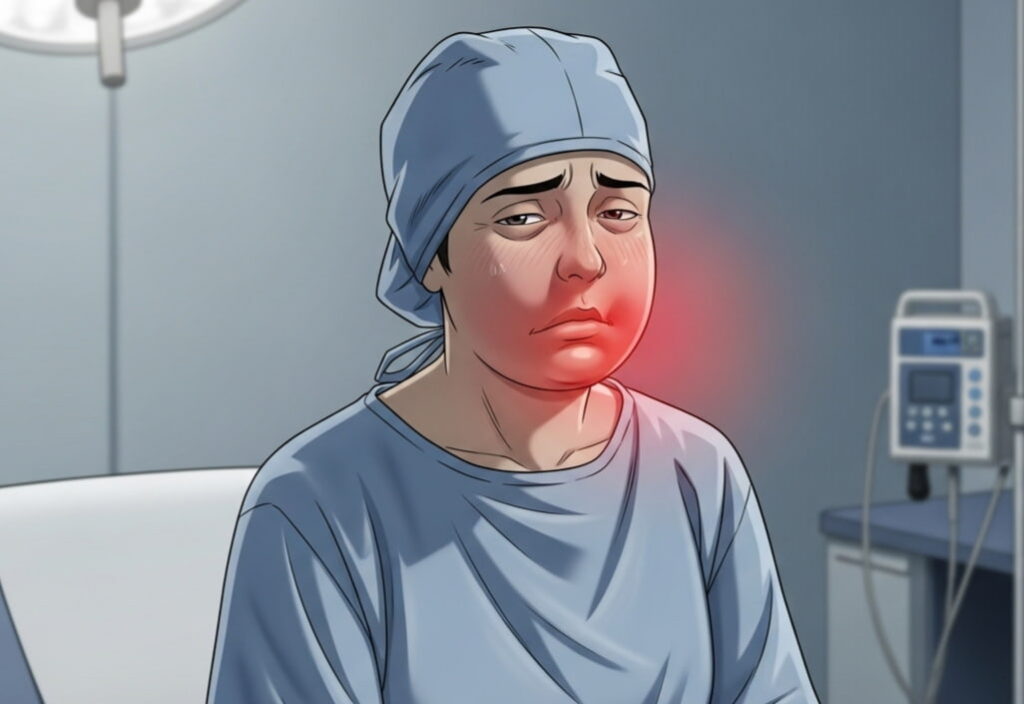
Recognizing a dangerous tooth infection can save your life. Sure signs indicate that the disease spreads beyond the tooth and requires urgent care.
- Swelling and Redness: If your face, jaw, or neck becomes swollen, tender, or red, the infection may move into surrounding tissues. Swelling that makes it difficult to open your mouth, chew, or swallow is a severe warning. You should not ignore even early mild swelling with discomfort.
- Fever and Fatigue: A persistent high fever (101–104°F), chills, or an exhausted feeling show that your immune system is under stress from the infection.
- Rapid Heartbeat and Confusion: A racing heart, dizziness, confusion, or difficulty concentrating are emergency warning signs indicating the infection may have entered your bloodstream. Seek immediate medical care.
- Severe Headache or Neurological Symptoms: If the infection spreads toward the brain, you might experience a severe headache, nausea, blurred vision, or disorientation. Immediate medical attention is critical in such cases. If you ignore the infection, the bacteria can travel from your tooth to nearby tissues and the brain, causing serious complications.
- Persistent Tooth Pain and Pus: Ongoing throbbing pain in a tooth, accompanied by pus or a foul taste, suggests the infection is active and may progress.
Early recognition of these symptoms allows you to act quickly. Visiting a dentist or emergency room without delay is essential to prevent the infection from becoming life-threatening.
How Long Can You Live With a Tooth Infection
The duration a person can live with a tooth infection depends on its severity, location, and overall health. Mild infections may cause discomfort for 3–7 days without immediate life-threatening consequences. However, severe untreated infections can escalate within a few days to weeks. Even short delays in treatment can allow a severe infection to progress rapidly.
Once bacteria reach the bloodstream, sepsis can develop within 24 to 48 hours. Brain abscesses or deep tissue infections can escalate even faster, making early intervention crucial. Individuals with weakened immune systems, chronic illnesses, or delayed treatment are at higher risk. Think of the infection like a small crack that spreads quickly if left unchecked.
Even if death does not occur, untreated infections can cause permanent damage, including tooth loss, jawbone infection, and systemic complications such as heart infection. Immediate professional treatment dramatically reduces risks and shortens recovery time. You should never ignore persistent pain, swelling, or fever. Acting early is the most effective way to prevent life-threatening outcomes.
How Fast a Tooth Infection Can Spread
If untreated, a tooth infection can progress quickly. Bacteria can move from the tooth to nearby gums and jawbone within 2–5 days. From there, they can enter the bloodstream, causing sepsis, or, in rare cases, spread toward the brain. Even mild initial symptoms can escalate rapidly, so acting early is crucial.
Individuals with weakened immune systems, older age, or chronic illnesses may experience faster progression. Think of the infection like a small crack that quickly spreads through a wall if left unchecked.
Acting at the first sign of persistent pain or swelling prevents rapid escalation and serious complications.
Can the Body Fight a Tooth Infection Naturally
Your immune system can slow the progression of a tooth infection, but it rarely eliminates it. White blood cells may temporarily limit bacterial growth, which can make mild discomfort seem to improve. However, this relief is temporary and misleading. Without treatment, the infection can quickly return or spread.
Relying solely on natural defenses is risky. Even if symptoms decrease, an untreated infection can escalate. Antibiotics or dental procedures like drainage or extraction are usually necessary to fully resolve the infection and prevent life-threatening complications.
Individuals with weakened immune systems may face faster progression and higher risks. Think of the infection like weeds that temporarily shrink but quickly grow back if not removed at the root.
Why Home Remedies Won’t Cure a Tooth Infection
Many people believe mouthwashes like Listerine or home remedies can cure tooth infections. Rinsing can temporarily reduce surface bacteria, but it cannot reach the tooth pulp where the disease originates, so it cannot remove the source.
Trying to draw out pus at home or ignoring symptoms can worsen the infection and increase the risk of spreading to the jaw or bloodstream. An untreated infection can escalate quickly. Professional dental care is essential. Procedures like drainage, root canal, or extraction remove the root cause and prevent life-threatening complications.
Home remedies only treat the surface. They cannot reach the infection inside the tooth. Knowing their limits helps you seek proper treatment before the disease worsens.
Treatment Options
Professional dental care is essential to resolve a tooth infection fully. Antibiotics may temporarily control bacterial growth, but they cannot remove the source of infection. Removing the infected tissue or tooth is necessary for complete recovery. Treating a tooth infection is like fixing a leaking pipe. You must address the source, not just deal with the symptoms.
Common treatments include:
- Drainage: Removing pus to relieve pressure and pain.
- Root Canal: Cleaning and sealing the infected tooth pulp to prevent recurrence.
- Extraction: Your dentist removes the tooth if the infection is severe or the tooth is damaged beyond repair.
Treatment timelines vary. Mild infections often improve within days of antibiotics and proper dental care, while severe abscesses may take longer to heal. Acting quickly reduces recovery time and lowers the risk of complications such as sepsis or spread to nearby tissues. Addressing the infection early helps you recover comfortably and avoid severe complications.
Famous Cases That Show the Danger of Untreated Tooth Infections
Throughout history, even young and otherwise healthy individuals have suffered fatal consequences from untreated tooth infections. These examples highlight the critical importance of timely dental care.
In 2007, twelve-year-old Deamonte Driver from Maryland died after a tooth infection spread to his brain. A simple tooth extraction could have prevented this tragedy, but the infection went untreated due to a lack of access to dental care. This case highlighted the critical need for affordable dental care and brought national attention (Source: Georgetown Law, Death from a Toothache: The Story of Deamonte Driver, 2007, link).
Former NFL player Mike Williams passed away at the age of 36 due to bacterial sepsis linked to a dental infection and retained tooth roots. This tragic case demonstrates that neglecting dental health can have serious consequences, even for healthy adults (Source: AP News, Mike Williams Death from Dental Sepsis, 2023, link).
Both cases demonstrate that early professional care could have prevented these deaths. Ignoring dental infections can quickly lead to life-threatening complications.
Keep Your Teeth Safe After Treatment
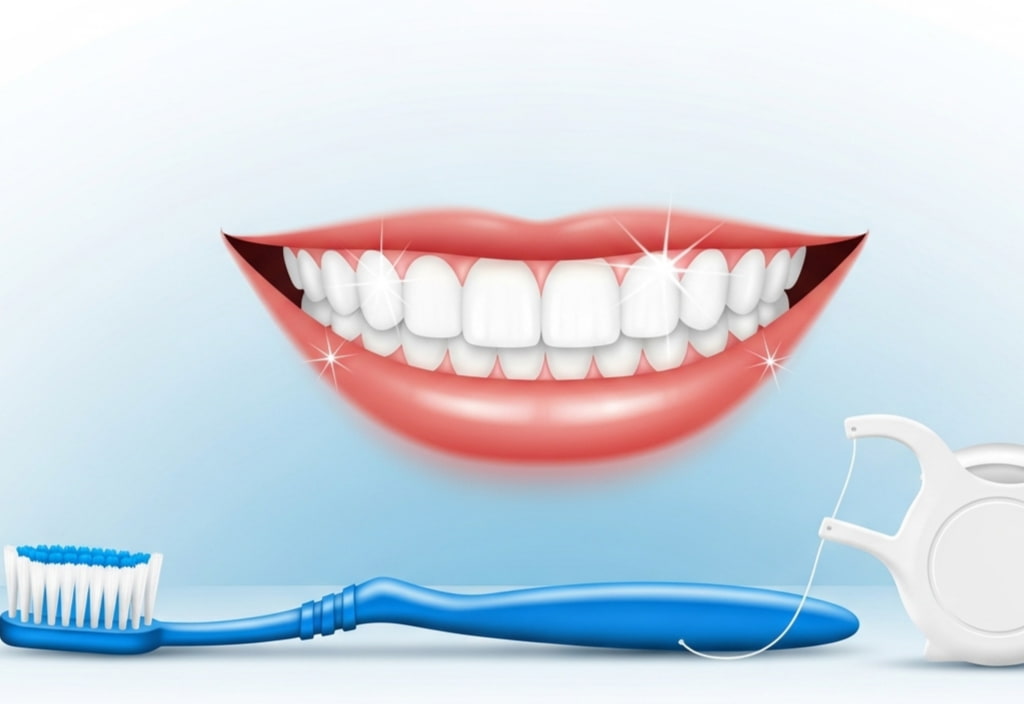
Preventing a tooth infection starts with consistent oral hygiene. Brush your teeth twice daily and floss at least once to remove plaque and bacteria that cause cavities and gum disease. Regular dental check-ups catch infections early, allowing dentists to treat problems before they escalate.
After treatment, follow your dentist’s instructions carefully. Complete any prescribed antibiotics, maintain oral hygiene, and avoid hard or sticky foods on treated teeth. Watch for recurring pain, swelling, or fever; even minor symptoms can indicate a lingering infection and require prompt attention.
Consistent oral hygiene and timely intervention dramatically reduce the risk of complications such as sepsis, brain abscess, or tooth loss. Prevention and early action are the most reliable ways to protect your health and avoid life-threatening outcomes.
Conclusion
A tooth infection can become life-threatening if left untreated, sometimes progressing to sepsis or spreading to the brain. Recognizing early warning signs such as persistent pain, swelling, fever, or neurological symptoms is crucial. Act immediately at the first sign of infection because even mild symptoms can escalate quickly.
Timely professional dental care, such as drainage, root canal, extraction, or antibiotics, is essential to resolve the infection entirely. Home remedies and mouthwashes cannot eliminate serious infections. Treating the source promptly is like stopping a small fire before it spreads throughout the house.
The best ways to prevent severe complications are maintaining good oral hygiene, attending regular dental check-ups, and responding quickly to any symptoms. Understanding the risks and taking immediate action protects your health and ensures a faster, safer recovery.
FAQs
How long until a tooth infection kills you
A severe, untreated tooth infection can become life-threatening within 3–14 days if it spreads to the bloodstream or brain. Even mild symptoms can escalate quickly, so seek prompt dental care.
How do you tell if a tooth infection is life-threatening?
Watch for persistent pain, swelling of the face or jaw, fever, fatigue, rapid heartbeat, confusion, or neurological symptoms like severe headache or nausea. These signs indicate the infection may have spread beyond the tooth and needs immediate attention. Think of it like a small fire that can spread fast if ignored.
Can the body fight off a tooth infection naturally?
The immune system can temporarily slow the infection, but rarely stops it completely. Relying solely on natural defenses is risky, as the infection can quickly reach nearby tissues or the bloodstream. Professional dental treatment is necessary to resolve it entirely.
